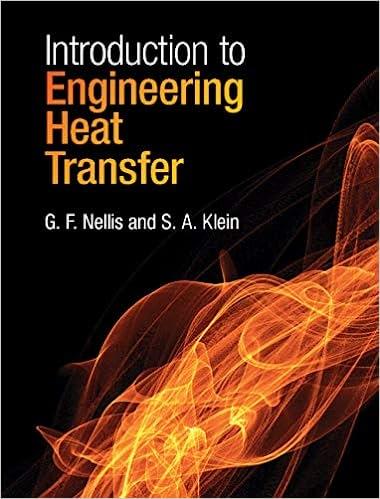Question
It is possible to remove some impurities from liquids by adding to the liquid colloidal particles that will react with the impurities, then removing the
It is possible to remove some impurities from liquids by adding to the liquid colloidal particles that will react with the impurities, then removing the colloidal particles.
a. Assuming that the reaction between colloidal particles and impurities is fast when they come in contact, write down an expression for reaction rate in terms of the appropriate concentrations.
b. If the colloidal particles can react with any number of impurity molecules (in other words, they are not consumed), derive an expression that could be used to estimate the concentration of colloidal particles that would be required to remove 99% of the impurity molecules in a given time, .
Clearly state any assumptions you make. The colloidal particles may be considered to be small enough to assume they diffuse like a molecule and have a concentration given in particles per volume.
Step by Step Solution
There are 3 Steps involved in it
Step: 1

Get Instant Access to Expert-Tailored Solutions
See step-by-step solutions with expert insights and AI powered tools for academic success
Step: 2

Step: 3

Ace Your Homework with AI
Get the answers you need in no time with our AI-driven, step-by-step assistance
Get Started


